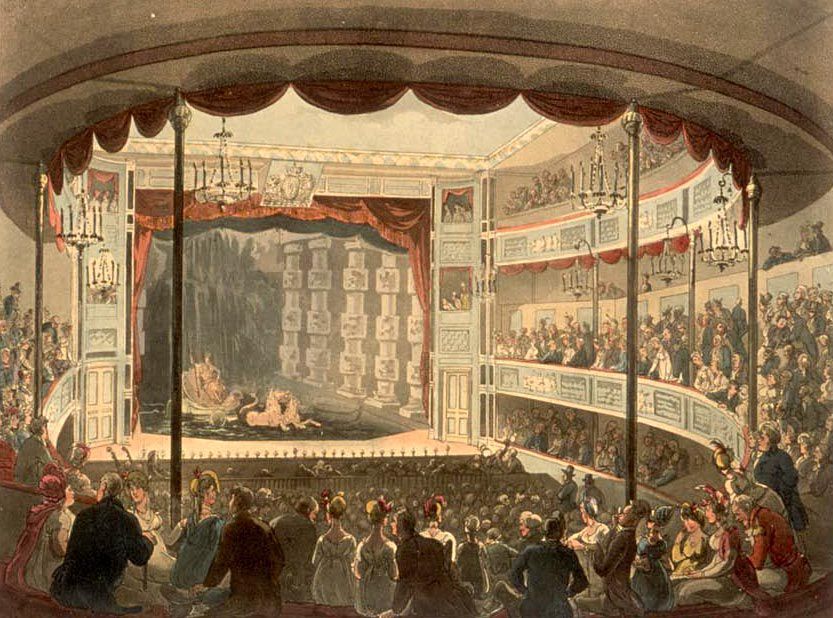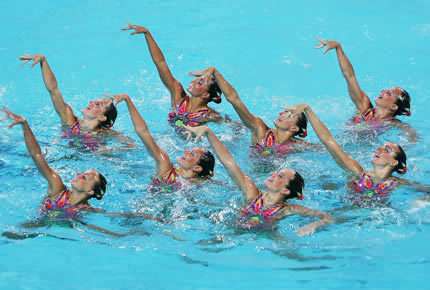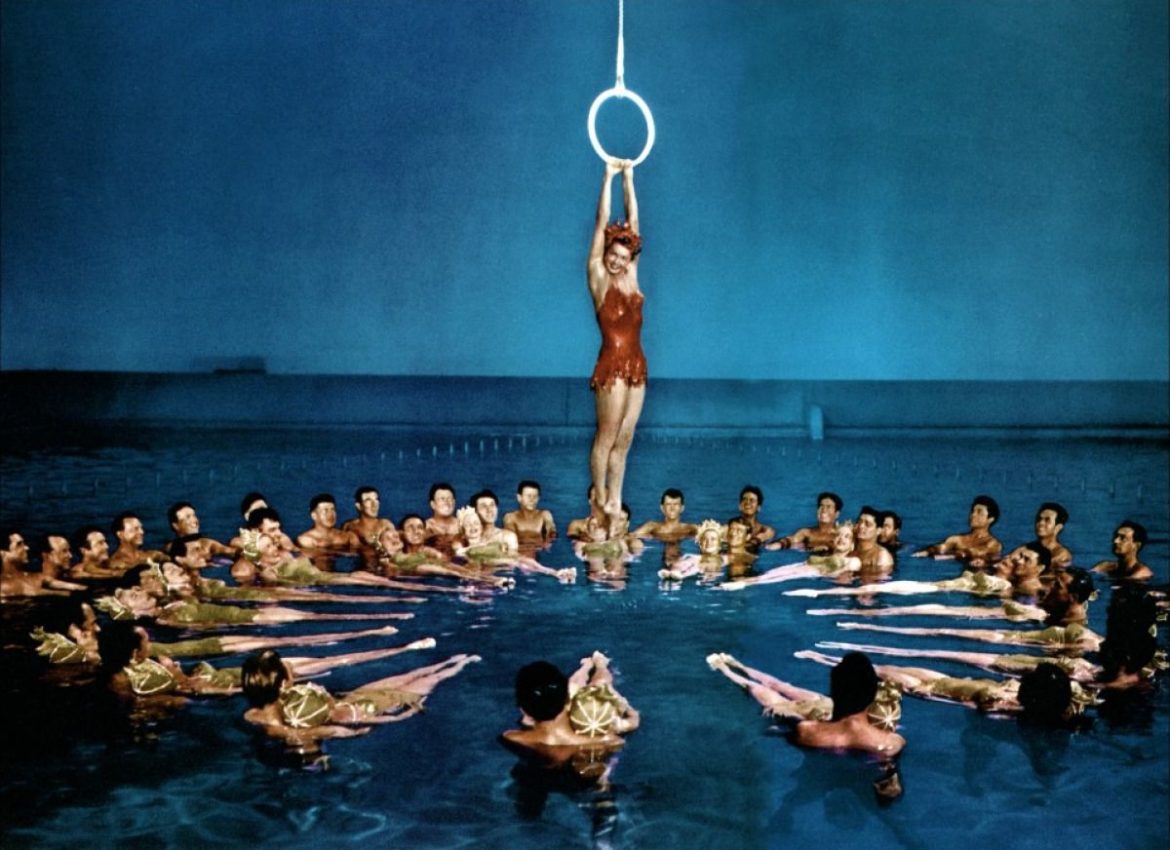Synchronized Swimming: Before it reached the Olympics, the sport was a spectacle of the circus and vaudeville.
The following written contact by Vicki Valosik via Smithsonian Magazine. (From 11-18 2021)

Most people think of synchronized swimming, which gained Olympic status in 1984, as a newcomer sport that dates back only as far as Esther Williams’ midcentury movies. But the aquatic precursors of synchronized swimming are nearly as old as the Olympics themselves.

Ancient Rome’s gladiatorial contests are well known for their excessive and gruesome displays, but their aquatic spectacles may have been even more over the top. Rulers as early as Julius Caesar commandeered lakes (or dug them) and flooded amphitheaters to stage reenactments of large naval battles— called naumachiae—in which prisoners were forced to fight one another to the death, or drown trying. The naumachiae were such elaborate productions that they were only performed at the command of the emperor, but there is evidence that other—less macabre—types of aquatic performances took place during the Roman era, including an ancient forerunner to modern synchronized swimming.
The first-century A.D. poet Martial wrote a series of epigrams about the early spectacles in the Colosseum, in which he described a group of women who played the role of Nereids, or water nymphs, during an aquatic performance in the flooded amphitheater. They dove, swam and created elaborate formations and nautical shapes in the water, such as the outline or form of a trident, an anchor and a ship with billowing sails. Since the women were portraying water nymphs, they probably performed nude, says Kathleen Coleman, James Loeb Professor of the Classics at Harvard University, who has translated and written commentaries on Martial’s work. Yet, she says, “There was a stigma attached to displaying one’s body in public, so the women performing in these games were likely to have been of lowly status, probably slaves.”
Regardless of their social rank, Martial was clearly impressed with the performance. “Who designed such amazing tricks in the limpid waves?” he asks near the end of the epigram. He concludes that it must have been Thetis herself—the mythological leader of the nymphs—who taught “these feats” to her fellow-Nereids.
Fast forward to the 19th century and naval battle re-enactments appear again, this time at the Sadler’s Wells Theater in England, which featured a 90-by-45 foot tank of water for staging “aqua dramas.” Productions included a dramatization of the late-18th-century Siege of Gibraltar, complete with gunboats and floating batteries, and a play about the sea-god Neptune, who actually rode his seahorse-drawn chariot through a waterfall cascading over the back of the stage. Over the course of the 1800s, a number of circuses in Europe, such as the Nouveau Cirque in Paris and Blackpool Tower Circus in England, added aquatic acts to their programs. These were not tent shows, but elegant, permanent structures, sometimes called the “people’s palaces,” with sinking stages or center rings that could be lined with rubber and filled with enough water to accommodate small boats or a group of swimmers. Read more from Smithsonian Magazine.
Follow News Without Politics for more interesting and amazing, important, and relevant U.S. and world news stories plus health, entertainment, sports, weather, food and more without media bias.
Stay informed daily. unbiased news fair and balanced, ahead of influence.




